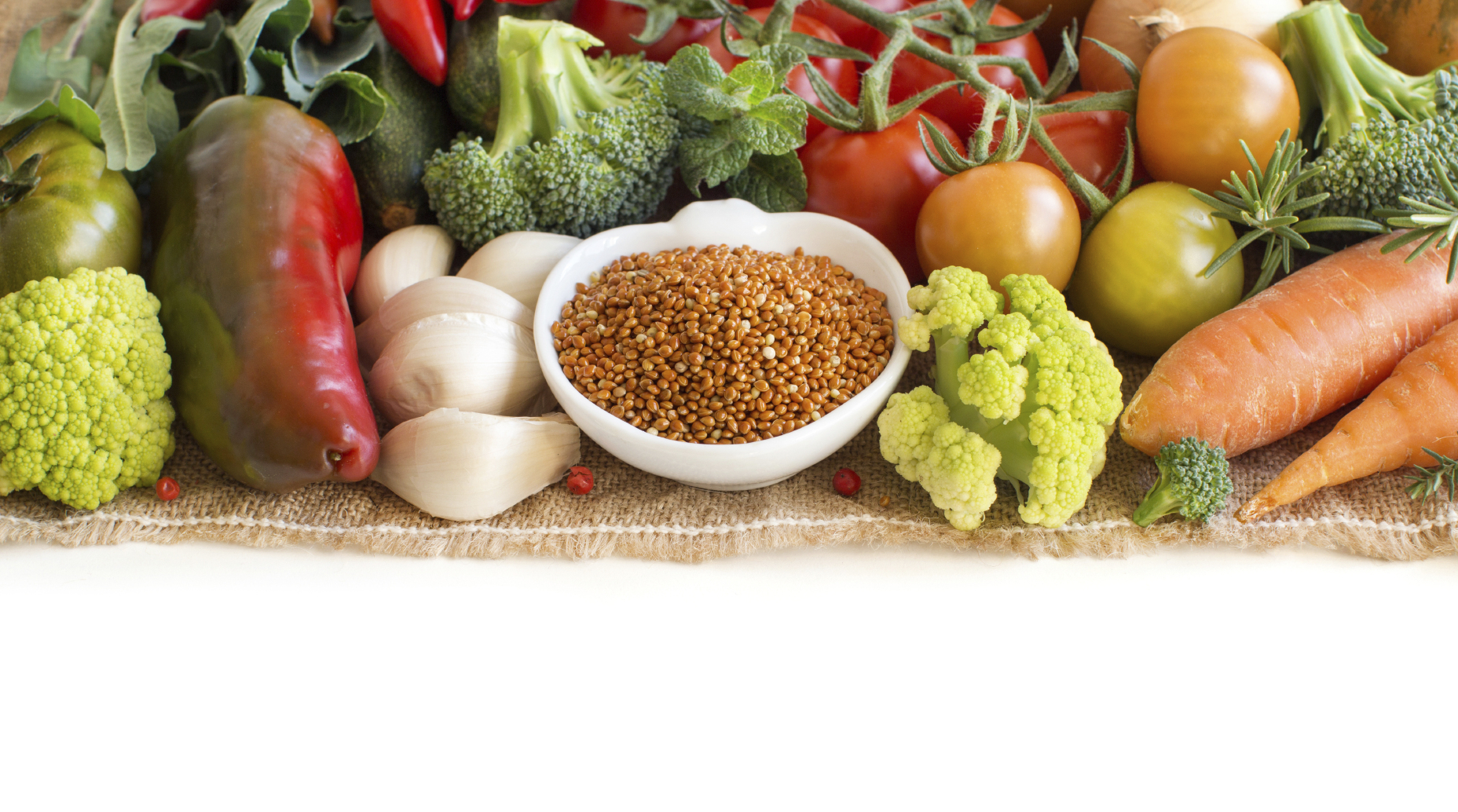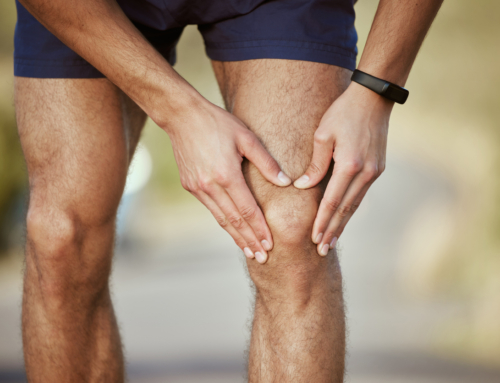by Daniel Lucas…
The American College of Sports Medicine recently estimated that almost 68 percent of the U.S. population is overweight or obese. That’s 2 out of 3 people! What can we do to combat this health epidemic? It’s been well documented how consistent physical activity can help us keep cardiovascular disease and diabetes at bay, but what is the key to improving our eating habits and defeating obesity?
It could be fiber. Eating foods high in fiber means you are eating whole food! Not processed food or “food product” crap. You also feel more satisfied when eating meals with solid fiber; whole fiber has bigger caloric “bang for your buck,” so with fiber you’ll feel more satisfied while naturally lowering your caloric intake. All of which can assist with losing weight and preventing over-eating. Feeling satisfied when you eat is a big deal!
Fiber is an edible, insoluble carbohydrate. Fiber is abundant in many fruits, vegetables, legumes and whole grains. Particularly good sources of insoluble fiber include green beans and legumes, cauliflower, potatoes, nuts and seeds. Fiber that is insoluble helps our digestive system by keeping material moving through the digestive track. It helps to increase stool bulk and maintain regular movement cycles. Fiber has also been shown to help the gut stimulate a response to the brain that your stomach is full. [Web MD] And when we chew more, it lowers the chances that we are packing in too many calories.
One secret to getting the amount of fiber you need, and really to having a great diet in general, is to vary your foods. Food rotation can be a powerful health boost, and with a little practice you will master it. You’re basically using your foods choices as your daily multi-vitamin! Studies suggest that that females aim for roughly 25 grams of fiber a day and men around 38 grams. Most Americans, however, only take in an average of 14 grams a day. [Web MD]
Fiber Tips!
*Eat more fruits and vegetables. This is an easy one–These vitamin rich foods are an excellent source of fiber. Shoot for getting vegetables in with every meal.
*Get your fiber on at breakfast! Getting vegetables in for breakfast is a home run but even if you opt for a high fiber cereal it’s a better choice than cereal low in fiber.
*Toss the commercially processed white flour out and substitute with whole grain flour.
*Get your legumes rocking! Lentils, beans and peas are a great source of fiber. Get creative and add them to your salads and other dishes.
*Snack smart. Eating high fiber snacks is a great way to get ahead on your fiber count. Fresh fruits are an excellent snack, especially when in season.
Take a minute today to assess how much fiber you are getting with meals. Having more fiber in your diet can assist you in getting to your ideal bodyweight, with the result of less inflammation in your body. When inflammation is not stealing energy and keeping us back from getting our challenging workouts/personal training sessions in, we naturally get in better shape. We are then more inclined to stay with our training program–and consistency is the key to any health regimen. They say showing up is half the battle, so show up to your work (or workouts!) loaded up on fiber and ready to go!
Namaste
Daniel






